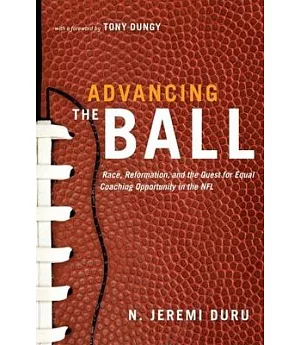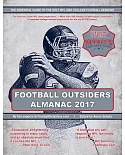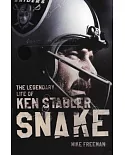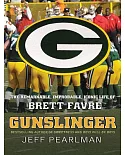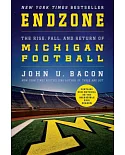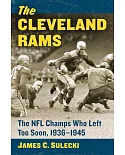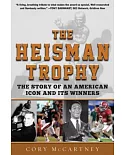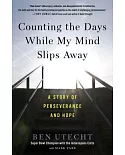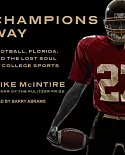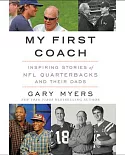Professional football is, without question, the most popular sport in America, and by a substantial margin. Yet few scholars who look at the role of race and sports in America focus on the NFL.
Historically, racial relations in other sports -- particularly baseball, boxing, and basketball -- have attracted more attention from writers and scholars, who have tended to regard football as
d�穢class�穢. Ironically, however, professional football has been a trendsetter in racial relations despite its brutalism and its associations with political conservatism and militarism. The
first African Americans to play in the NFL joined the league in 1946, one year before Jackie Robinson joined the Dodgers. It had the first black union president (Gene Upshaw). And as Jeremi
Duru argues in Advancing the Ball, it was the first league to systematically challenge America's most durable racial prejudice - the notion that African Americans are intellectually
inferior to whites. By the mid-1990s, there had been only a couple of black coaches in the NFL, despite the fact that two thirds of the league's players were black. Taking on a hidebound and
conservative group of owners, a network of aspiring black coaches eventually joined forces with the Steelers' owner, Dan Rooney, and their efforts produced "the Rooney Rule." The rule required
every team to interview at least one black candidate when hiring a new head coach. Technically, football is the most complicated of all sports, and prejudice regarding aptitude did not wash
away immediately. Indeed, many of the septuagenarian plutocrats who owned teams resisted the rule. A sea change did eventually occur, though, and the last few years have seen an influx of black
coaches. The fact that two of the last Super Bowl-winning coaches (and three of the last six Super Bowl participants) have been African-American has proven the correctness of the rule.
Jeremi Duru, a law professor at Temple, worked with the network of black coaches in the 1990s and early 2000s, and will bring an insider's eye to his larger story about race and sports in
contemporary American society.

